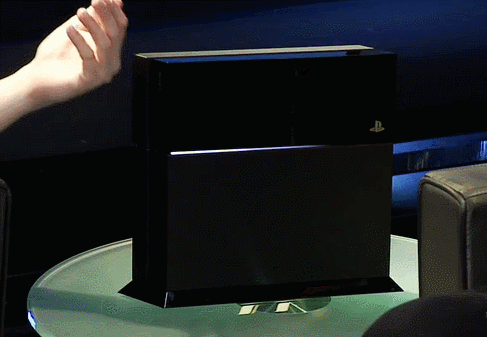 |
| No, no... not like that |
So, for those of you who are lost: game feel is how your game feels. How do you feel a game?
Well, I like to think of it like this: when you're playing a game, you let yourself become at least somewhat immersed in the game. You start to identify as the little character hopping around the screen, and your controls start acting as your impulses. How your mind shapes around the capabilities and control of the character within the parameters of the game give you an almost sensory feeling about exploring the game. That is, at its most basic value, how you feel your game.
So, is that game feel? Depends on who you ask. A lot of people would factor the game's themes and character designs into game feel, as well as graphical quirks, camera motions, and the sounds that a game makes. When you factor these things all together, you get the things about the game that are constantly going on in their head while they play. Today, however, I just want to talk about the first thing: how a game feels in relation to the movement and limitations of your playable character.
 |
| Image source: The Undesigner: Blue Robots Can Jump |
But, consider that as a developer you have to design every aspect of their movement. Do they walk? Do they run? Do they hover? Can they choose between running and walking? What are the implications of choosing one over the other? Does the character lose most control when they're running? Does the character sneak up on enemies when they're walking? Does the character have a stamina meter that drains as they run? Is the world full of traps that the character is more likely to run into if the character runs? If there is no implications, then why make the playable character able to walk at all?
 |
| Seem like a bit much to consider? |
All of these questions are absolutely crucial when it comes to game feel. Some games have game feel that makes very little sense...
Some games even have wonky controls that become a huge part of how the player perceives the game.
Some games use intentionally frustrating controls as the basis for their game.
So, if you know how a game plays, the next question you have to ask yourself is: what does the feeling of game play say about the game?
I'm going to start with the easiest examples in gaming:
Figure 1: Wacky Action Games vs. Horror Survival Games
What does the game feel say about your game? How do your controls reflect the themes of your game?
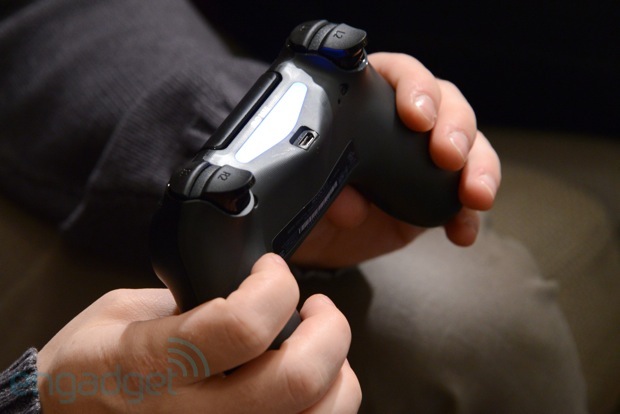 |
| Image source: engadget |
A Wacky Action game has a game feel that is built around speed, mobility, the ability to deal devastating attacks to those around you, the ability to escape just about any situation you get overwhelmed in, and the ability to jump immediately back into the fray and demolish everything.
To demonstrate the Wacky Action game, I present Fig.1a: Saints Row 4.
With a collection of ridiculous vehicles with impeccable maneuvering, weapons that allow you to destroy everything that gets in your way, perfect snap aiming, the ability to jump several stories into the air, the ability to run extremely fast and punch people into tiny bloody meat giblets...
Smooth gameplay where the player is in total control makes it feel good to be an action hero. You want to be able to do all of the ridiculous, impossible things that make you the ultimate badass.
You should feel like you're this guy:
That is how a wacky action game should make you feel. If you had unresponsive controls or clunky movement then none of that could be possible.
So, with that in mind, let's take a look at Fig. 1b: Resident Evil 2.
In that video, Elite Khajiit does a pretty good job of explaining the practicality of Resident Evil's notorious "tank controls" and how they implement well with the camera angles.
Of course, many would argue that the fixed camera style of viewing the game was also just as annoyingly restrictive. So, if it's restricting gameplay to compliment restricting camera- why not just redesign the whole thing?
Easy: a horror game should feel restricting.
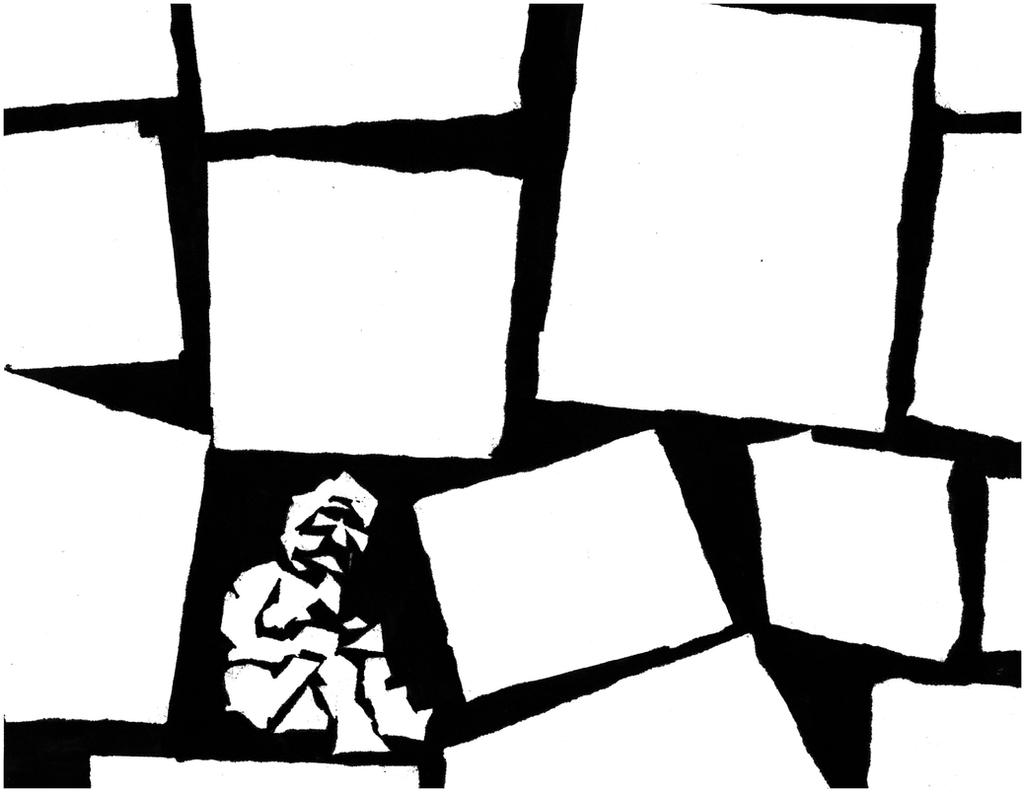 |
| "The Claustrophobe" |
If something like that were to happen in a wacky action game, you wouldn't be worried at all. You would know exactly how to maneuver around the alligator. Your dynamic camera would allow you to see around the arena and give you an idea of where you could dodge. This beast would be minor nuisance in your overall slaughter-fest.
But, with Resident Evil's restrictive controls and cameras, you're not able to dodge around like a crazy person. You're not able to jump 10 stories into the air to avoid a massive bite. You can't run faster than jet-propelled jungle cats to escape the gator's maw. What's worse, the camera keeps you from knowing which part of the level is a dead end. If you do manage to go down a hall, the camera will completely abandon the alligator, leaving you clueless as to whether or not the giant reptile is following you.
This creates a mood that is overwhelming, tense, and terrifying: this creates horror. And almost all of it is in how the game controls. How it feels to be driving that specific character.
So, you may be thinking, you chalk these feels up to the way the game controls, but what about the atmosphere? Doesn't that make much more of a difference in the way a player perceives a game than the controls?
Well, yes and no. Atmosphere, graphical themes, soundtrack- those all go a long way to determine the feeling of a game. But the way that a game controls can make a shattering difference. Like, big time. Don't believe me? Let's bring out Figure 2.
Figure 2: Doom
Doom 1 and Doom 2 are two of my favorite games. They're extremely simple, yet feel so creative and rich with metagame. A shooter game with disturbing enemies from Hell where you play as a fast-running marine who can take a rocket to the face and still punch a hole through the chest of a muscle-bound Hell Knight.
So, it seems we have a wacky action game on our hands. Except... not quite. When Doom came out, to get to that level of skill where you could run like a maniac and kill everything in sight, you had to master some controls that actively worked against you. Turning was slow and difficult, allowing an enemy ambush from behind wreck you if you don't know to anticipate it. Enemies would swarm you, making target prioritization a key skill to master. The game would often throw you into dark areas where you can hardly see, but are surrounded by the glowing red eyes of monsters that are waiting to rip you to shreds.
Okay, so sounds like we have a horror or at least survival game. Well... not quite.
If this is getting confusing, I'll explain: Doom originally used the keyboard to turn, move, aim, attack, and everything. There was an option to use a mouse, but it was really wonky and both moved the player forward and turned him at the same time; for precision, you really had to stick to the keyboard.
However, later versions of Doom and source ports allowed for mouse aiming the way you would expect it to work in any modern shooter. The result? Playing Doom was extremely easy and fluid, removing a lot of need to tactically approach corners and feel tense about a possible ambush. There was no situation that Doom guy couldn't handle with his new controls.
This changed everything about how the game felt to play. To demonstrate this, I have recorded a video:
As you can see, something as simple as the way you aim a gun in your game can mean the difference between a wacky action game and a horror survival game.
Once you understand the ramifications of the way a player character controls at this tiny of a level, you will start to consider every aspect of control layout and the player character's abilities.
Conclusion:
How you control your character in a game is how the player is going to feel about a game. Remember, everything outside of that is just environment- the control is how the player themselves actually interact with the game. If they're playing a fun, fast-paced platformer like Rayman...
 |
| Image source: Gameinformer |
Understanding the implications of a character's controls can mean a huge difference between making a game that feels like it is wearing a different game's body and making a game that feels cohesive. Be sure to choose wisely when designing a game's feel.
Want to help me keep making free games? Try checking out my art shop and buying some cool merchandise with my characters and designs on it. It helps me stay alive long enough to make stuff!




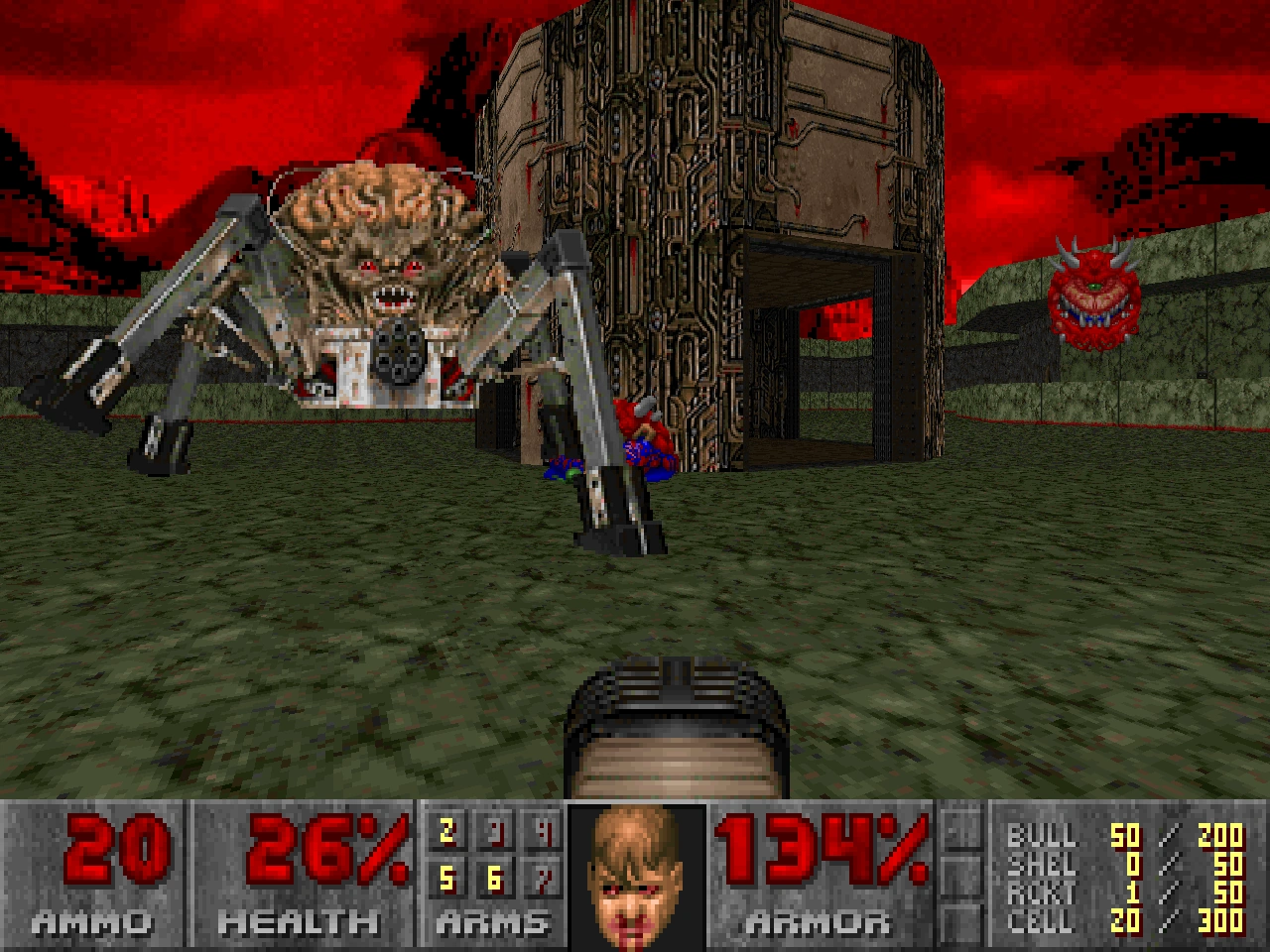

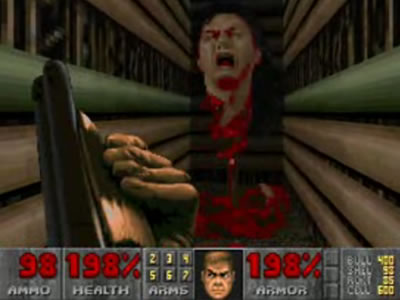
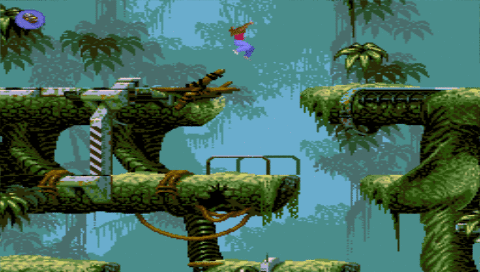
No comments:
Post a Comment